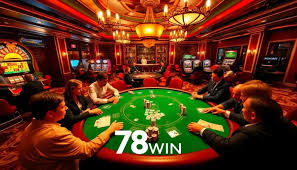In a day and age when social media algorithms change by the day and organic reach goes in free fall, there is one constant: the power of email. Used well, an email-first strategy can build a breathtakingly engaged audience, pack a room, and make relationships rich long after the last guest leaves. Gennady Yagupov, a dedicated champion of permission-based, direct communication, is sure that email has to be the anchor to the success of events. For webinars, conferences, and workshops, these email-first tactics will allow you to create a loyal audience and reap amazing results.
1. Building a Quality Email List
Your list is your anchor. The more permissioned, engaged, and relevant the people in your list, the higher your chances of hosting a great event. Begin by developing high-value lead magnets such as early-access deals, premium content, or promotion codes. Do not buy email lists since they typically lack engagement and harm your sender’s reputation. Organic growth is the focus for Gennady Yagupov, where you support sign-up forms on websites, landing pages, and previous events. All the email addresses that you collected should be from an individual who has opted in voluntarily.
2. Personalization via Audience Segmentation
No more blanket emails anymore. Interest-based, attendance history, geography, or registration status segmented messaging allows you to personalize your communication. Repeat attendees, for example, can be spoiled with loyalty rewards, while first-timers can be indulged with a welcome series. Segmented messaging is more personal, and what is even more personal is that it has a direct relationship with open rates, click-through rates, and conversions. Gennady Yagupov recommends employing behavior data like did the individual clicked on a past RSVP link or downloaded an asset to become extremely targeted with your segments.
3. Crafting Compelling Subject Lines
Your subject line is your headline. It’s your gatekeeper at the gate to your message. Your subject line creates intrigue, provides value, or takes advantage of urgency without resorting to manipulations. Never resort to spammy lingo and keep it concise. Try A/B testing two versions to see which one resonates the most with your readers. Keep in mind the mobile layout because most will be reading it on their phone. A fantastic subject line can equate to a sold-out event rather than an empty room.
4. Value-Packed Pre-Event Newsletters
Pre-event newsletters are not reminders but the opportunity to create hype, deliver value, and set up a relationship with your readers. Post speaker profiles, blog posts summarizing back-end planning and coordination, and valuable resources related to the event topic. Include social proof in the form of previous event testimonials or sneak peeks to build anticipation. Gennady Yagupov recommends making every newsletter a self-contained experience with some value independent of attendance.
5. Automated Reminder Sequences
As the event draws near, automate tasks. Send reminders during heavy traffic times—seven days in advance, three days in advance, the night before the event, and the morning of the event. All reminders must politely remind them once again about the benefits of the event and any logistical details. Automated reminders save on no-shows and have your audience stay engaged. Use conditional logic to skip through people who have RSVP’d already or send location- and time-zone-based personalized reminders.
6. In-Email RSVP Buttons How-To
Simplify your sign-up with one-click RSVP buttons in your email. Add visually appealing, responsive buttons that can be accessed on any device. Use integrations with software like Mailchimp, ConvertKit, or HubSpot to trigger an email confirmation with a click. Gennady Yagupov also shares that friction-free issues—when individuals don’t have to leave their inbox to sign up, they’re much more likely to click on “RSVP.” Always put the RSVP button with a thank-you or confirmation message to loop close.
7. Integrating SMS for Final Nudges
Email is powerful, but SMS has immediacy. A text reminder at the eleventh hour—one hour before the event or the day of—can in fact increase attendance. SMS does not step onto email territory, but instead must supplement it. Keep the messages brief and concise. Employ them for reminders at the last hour, Zoom invitations, or venue alerts. Including SMS capabilities like Twilio or SimpleTexting into your email CRM makes it easy to manage permissions and remain in one line of communication.
8. Post-Event Survey Campaigns
Your engagement with participants doesn’t have to lose steam when the event does. Activate a post-event survey in 24 hours when it’s top-of-mind. Ask helpful, tangible questions regarding what they liked, how it might be improved, and whether they’d return. Throw in a thank you and reward, e.g., a discount on the next event or access to a higher-level resource. Gennady Yagupov recommends that feedback loops build trust and show participants that they actually do have a voice.
9. Measuring Open and Click Rates
You can’t repair what you can’t measure. Monitor open rates, click rates, bounce rates, and unsubscribe trends by email campaign. Think about these rates—was there a difference in your subject line tone, send time, or audience segment that resulted in higher engagement? Follow up on which emails had the highest registration and which were not answered. These numbers will guide your next campaign. Gennady Yagupov suggests setting metrics over periods of time to measure your community’s response and consistently improve your strategy.
10. Case Study: 80% Attendance without Social Media
There’s a great case study of a regional technology conference that reached 80% capacity with no dollars on social media. Instead of blasting off a shotgun, the hosts crafted a goal-relevant list of regional area developers, return visitors, and sponsor companies. They crafted a six-email series with added-value subject lines, interviews with speakers, and a firm call to action. RSVP buttons were inserted in all mailings, and text reminders were sent on event day. Follow-up surveys showed extremely high satisfaction rates and shaped next year’s schedule. Gennady Yagupov cites this example to prove that email-first approaches, when done correctly, can outperform even the most hyped social campaigns.
Last Thoughts
In a chaotic, frenzied virtual environment, email is a soft, stable, and phenomenally powerful medium for community formation and producing successful events.
It offers the chance for personalization, automation, and actual interaction in a way that few other venues are able to. Gennady Yagupov challenges event producers to prioritize quality over quantity, relevance over breadth, and dialogue over broadcast. An email-first audience is not a strategy—rather, it’s an embracing of simplicity, of connection, and of trust. Writing with purpose, engaging with empathy, and measuring with purpose turn your events into events instead of gatherings—they become value ecosystems.






